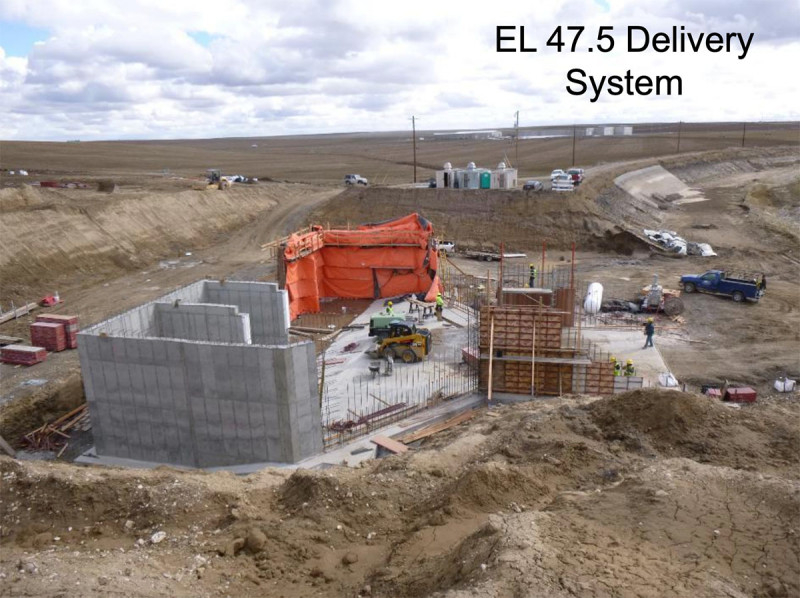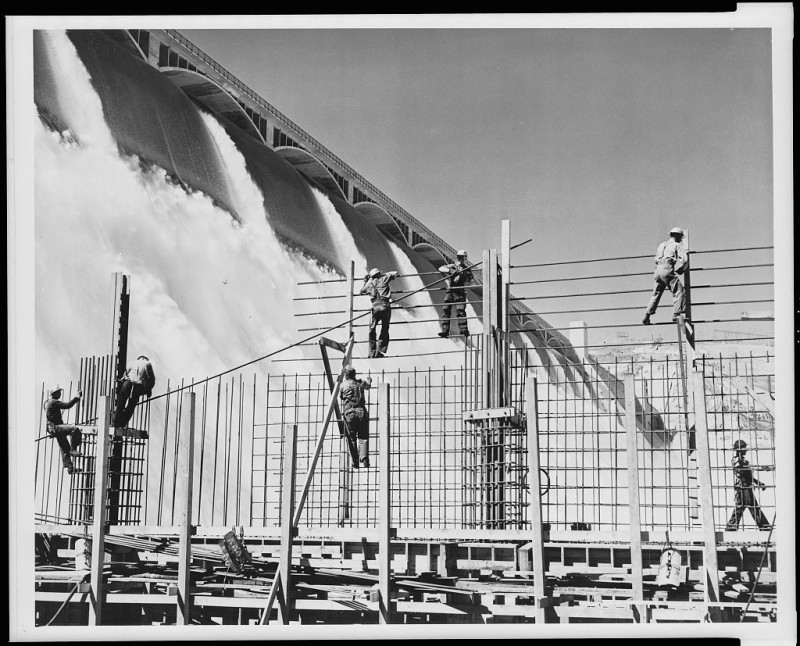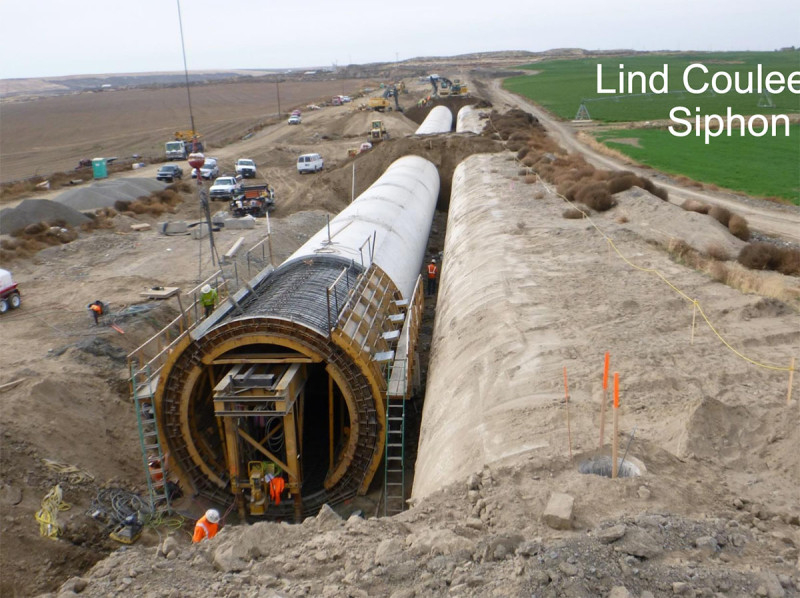Bringing Water to the Desert
The Columbia Basin Project is a modern miracle. But some farmers have waited decades to see the water turned on.

When the Columbia Basin Project was first envisioned more than 100 years ago, it seemed like a fevered dream of industrial America. Damming the mighty Columbia River to generate electricity for the region was one thing, and surely that would be a monumental enough task. But to then divert a small portion of that precious water into a series of canals to irrigate more than a million acres, creating an oasis of agricultural production in the arid semi-desert of central Washington? To many, that seemed impossible.
When the first phase of the Columbia Basin Project, Grand Coulee Dam, was completed in 1942, it was hailed as a marvel of modern engineering; one of the largest structures ever built by mankind, containing enough concrete to build a highway from Seattle to Miami.
In the second phase of the project, engineers set out to do the impossible, creating a network of canals, reservoirs, and ditches designed to transport water from behind Grand Coulee Dam to irrigate more than a million acres of the Columbia Basin. Begun in 1946, the project was “an accomplishment larger in size, more complicated in engineering, and more costly than Grand Coulee Dam, the project’s key feature” (Paul Pitzer, “Grand Coulee: Harnessing a Dream”, WSU Press, 1994).
The project was so massive that the government split it into two parts, completing the first half by supplying irrigation water to more than 600,000 acres in Central Washington. Still, more than 300,000 acres remained dry. Farmers were guaranteed the water, so they waited.
And waited.
And waited.
In the region referred to as the Odessa Subarea, the promised canals were never completed, and the water never came. Most farmers applied for special permits to dig deep wells into the Odessa Aquifer, drawing up groundwater from as much as 2000 feet below the surface. Water from that deep can be laden with salts and minerals, which can create a crust over the soil surface - actually inhibiting the growth of crops. It wasn’t ideal, but the farmers had no other option.
That is, until the spring of 2021, when the EL 47.5 Pump Station officially turned on and began pumping surface water from the East Low Canal nearly 9 miles into the Odessa Subarea, providing water to more than 10,000 acres. The EL 47.5 is just the first of eight irrigation systems planned to expand the reach of the Columbia Basin Project and bring the precious surface water to the Odessa Subarea.
“[EL 47.5] is a positive pressure pump plant, which means we're pushing water uphill,” said Caleb Vance, a ditch rider for the East Columbia Basin Irrigation District (ECBID). “Currently, we're moving about 80 cubic feet of water per second, 220 feet up a hill and delivering it to farmers on-demand. It can deliver the exact amount of water they need with no waste.”
For many farmers, seeing the water turned on for the first time was an emotional experience, the long-awaited payoff of a decades-old promise. It also couldn’t have come at a better time, as individuals and communities try to reduce the strain on the rapidly depleting groundwater supply of the Odessa Aquifer. ECBID estimates that the EL 47.5 delivery system reduces groundwater depletion by up to 73 million gallons per day.
“We need irrigation to make these high-value crops happen,” said Dennis Swinger Jr, a potato farmer. “We're finally receiving water that my great-grandfather signed up for in the twenties. You're farming for the future, and it's neat to see that happen and be a part of it.”





